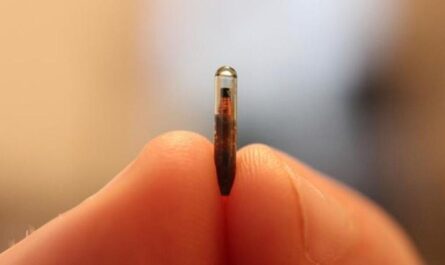Gastroesophageal reflux disease, commonly known as GERD, is a common digestive disorder that affects millions of people worldwide. It occurs when stomach acid or bile flows back into the esophagus, causing symptoms like heartburn and chest pain. Let’s take a look at some of the treatment options available for GERD, including medical devices that can help alleviate symptoms.
Lifestyle and Dietary Changes
While prescription medications and medical devices can help with severe GERD symptoms, making some lifestyle adjustments is often recommended as the first line of treatment for mild cases. Losing weight if overweight, avoiding late night meals, cutting back on alcohol, caffeine, fatty or spicy foods can help reduce symptoms by decreasing stomach acid levels. Raising the head of the bed by 6-8 inches using blocks or a wedge pillow is also a basic dietary change that helps prevent reflux while sleeping.
Medication Therapy
For moderate to severe GERD, medications are usually the first treatment approach. Antacids like Tums help neutralize excess stomach acid and provide fast symptom relief. Histamine-2 receptor antagonists (H2 blockers) like famotidine reduce acid production in the short term. Proton pump inhibitors (PPIs) like omeprazole are more potent anti-acid drugs and are widely prescribed for ongoing GERD management when lifestyle changes aren’t enough. However, long term PPI use has potential side effects and alternative treatments may be explored if symptoms persist despite medication use.
Endoscopic Anti-Reflux Procedures
For GERD patients who don’t get adequate relief from medications, endoscopic procedures performed by gastroenterologists can offer options less invasive than surgery. Stretta is a radiofrequency treatment that uses heat to reinforce and tighten the lower esophageal sphincter muscle, reducing the likelihood of reflux. LINX is a magnetic implant placed laparoscopically around the esophagus to function as a one-way valve. Both procedures aim to restore the barrier between stomach and esophagus without operating. Success rates are good, though many patients still need acid-suppressing medications as well.
Surgical Treatment – Fundoplication
Nissen and Toupet fundoplication surgeries involve wrapping part of the stomach around the lower esophagus during an open or laparoscopic procedure. A new valve is created to prevent stomach contents from refluxing up. This ‘gold standard’ antireflux surgery is highly effective for controlling GERD, but has drawbacks like gas bloating and inability to vomit. It is usually reserved for patients with complicated cases not adequately controlled otherwise or who want a definitive cure without lifelong medications. The laparoscopic approach has shorter recovery time compared to traditional open surgery.
Esophageal Bulking Agents
For patients unwilling or unable to undergo more invasive procedures, endoscopic injection of bulking agents near the LES may offer an alternative. Agents like calcium hydroxylapatite are injected using an endoscope to mechanically thickening the lower esophageal wall and tightening the valve. Results are temporary, requiring periodic reinjection, but provide moderately effective symptom relief between sessions. It avoids surgery and can even be paired with medication treatment in some cases.
Gastroesophageal Devices
The LINX system provides protection against Gastroesophageal Reflux Disease Treatment Devices through permanent implantation of magnetic rings around the esophagus. Multiple titanium beads are linked together to form a flexible bracelet which reinforces the natural barrier between stomach and esophagus. Placed endoscopically, the device allows food and liquid to pass normally while preventing reflux of stomach contents. Clinical studies show LINX achieving excellent symptom control comparable to surgery in many patients, with less risk of side effects. For those seeking a less invasive permanent solution than surgery, it has become a popular alternative.
Future Therapies
With greater understanding of GERD pathophysiology, researchers continue exploring novel treatment approaches. Those on the horizon include endoscopic tissue welders using radiofrequency energy to fortify the LES, painless neuromodulation devices disrupting reflux-triggering nerves, and injectable bulking agents designed for longer duration effect than current alternatives. Though still in development, these therapies aim to offer cure without the drawbacks of current procedures through minimally invasive techniques. Continued innovation promises more options for chronic GERD patients with tailored solutions.
*Note:
1. Source: Coherent Market Insights, Public sources, Desk research
2. We have leveraged AI tools to mine information and compile it




